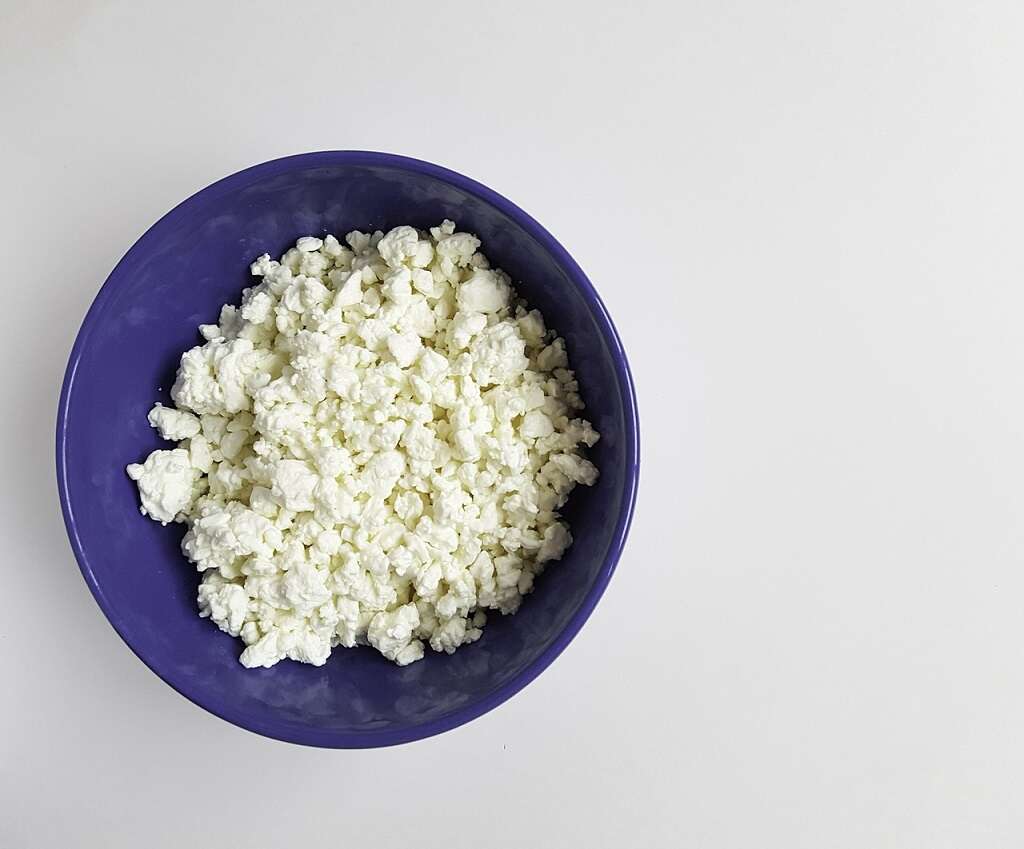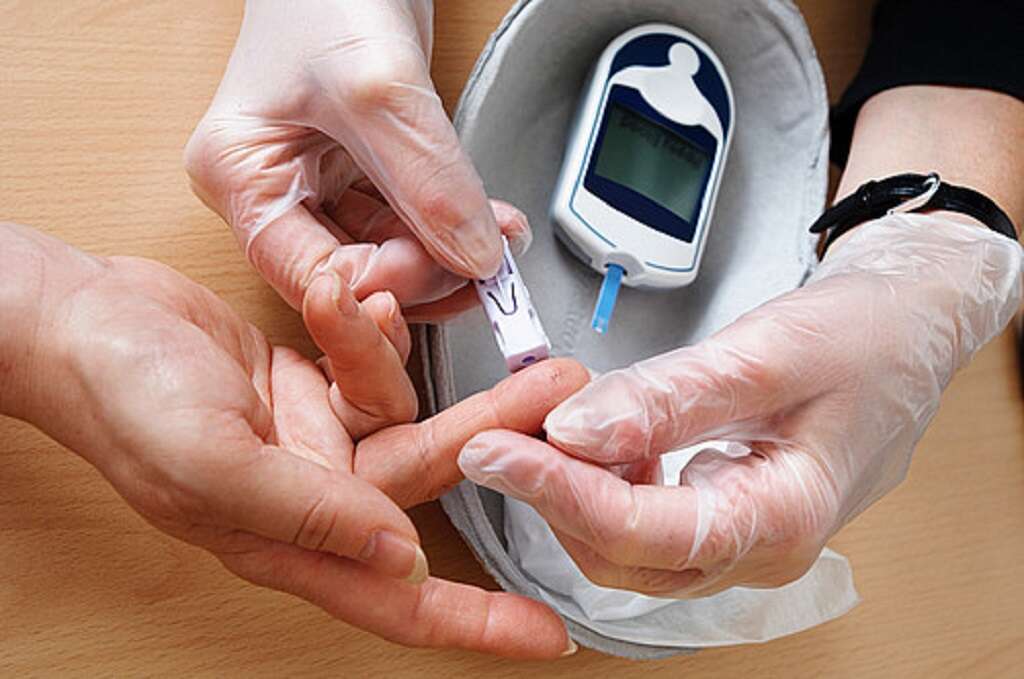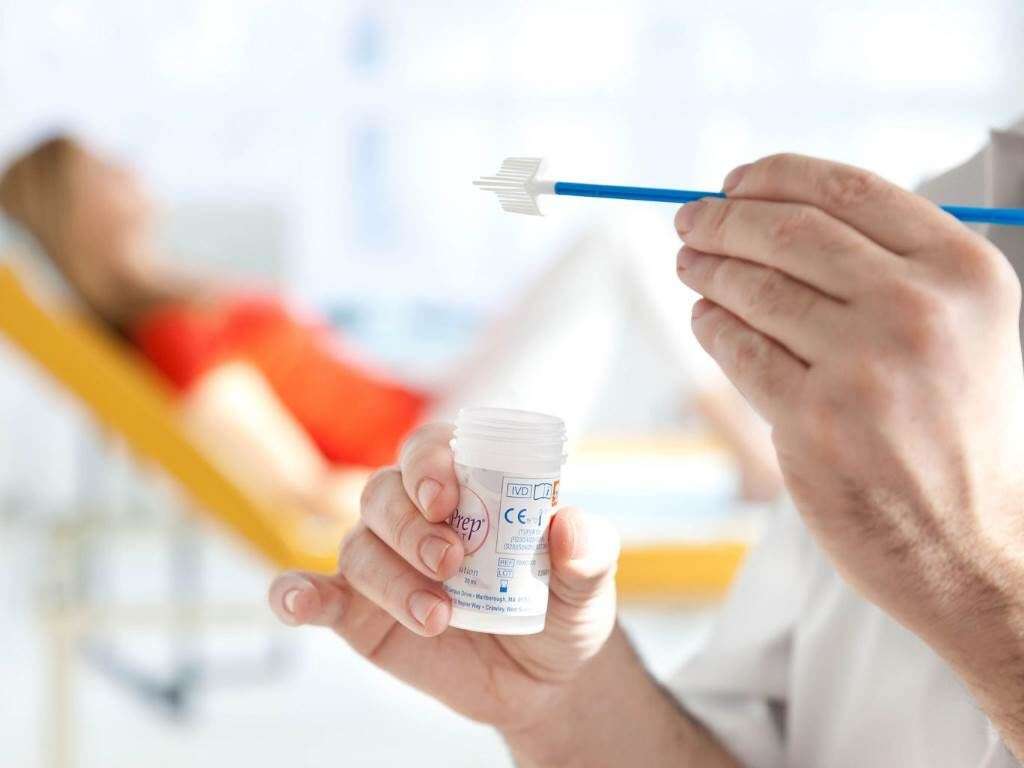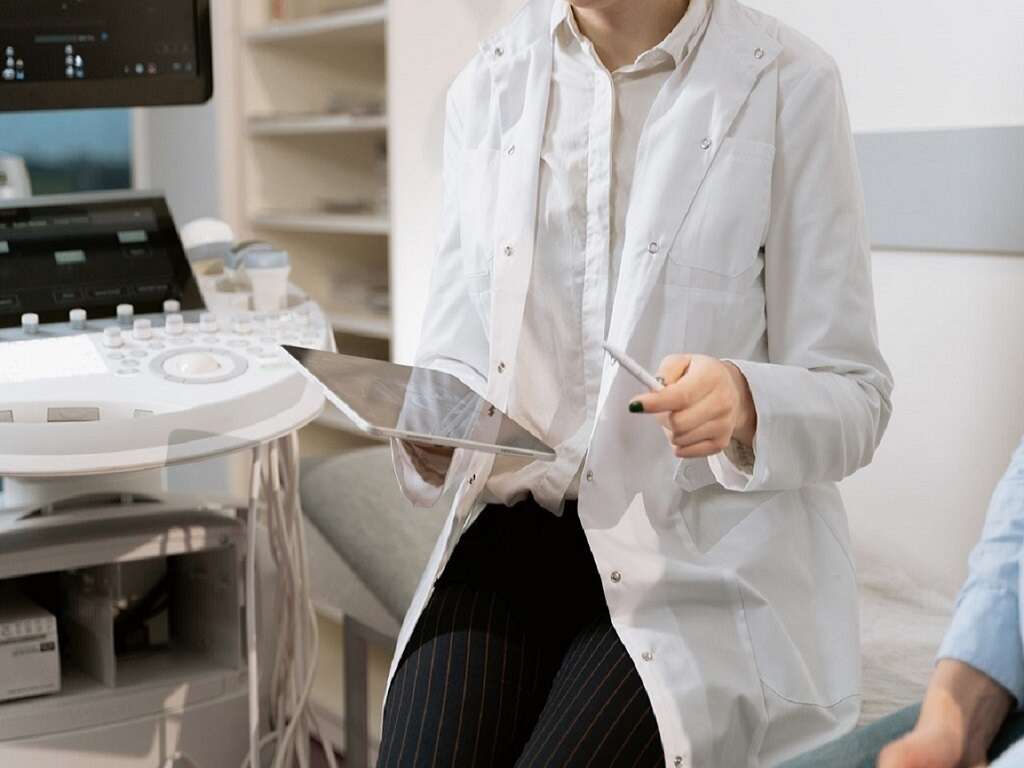10 FAQs About Leukorrhea
Leukorrhea is the name for the clear, sometimes whitish, fluid that comes from the vagina. The cervix, uterus and vagina secrete it. Leukorrhea is normal in women from puberty and may change in color, consistency and odor several times during a woman's lifetime.
The amount and frequency of the fluid are different for each individual. Some may have a little leukorrhea from time to time, while others experience it regularly. Leukorrhea is also called vaginal discharge and may be defined as physiological or infectious. Changes in vaginal discharge may indicate a problem and should be discussed with a doctor.1’Vaginal Discharge.’ Cleveland Clinic. https://my.clevelandclinic.org/health/symptoms/4719-vaginal-discharge

What Is Physiological Leukorrhea?
Physiological leukorrhea is the normal discharge that begins shortly before puberty, usually with a woman's first period. It has no odor, is either clear or white and is secreted in varying amounts and consistency throughout life. Pregnancy and menopause are part of the normal life cycle that may cause changes in physiological leukorrhea.
Leukorrhea abnormalities suggest that a problem exists, including infection, diabetes, cancer or environmental changes. Many women believe a douche is necessary to decrease normal vaginal discharge, but according to research, this is neither true nor recommended.1’Vaginal Discharge.’ Cleveland Clinic. https://my.clevelandclinic.org/health/symptoms/4719-vaginal-discharge

What Causes Changes in Leukorrhea?
Changes in the characteristics of leukorrhea vary. They include alterations in color from clear or white to yellowish or even brownish. The consistency can become thicker or appear less fluid. The odor may change from neutral to unpleasant.1’Vaginal Discharge.’ Cleveland Clinic. https://my.clevelandclinic.org/health/symptoms/4719-vaginal-discharge
Infections are the leading cause of changes in vaginal discharge. Some are transmitted sexually, but others are not. Other causes of discharge changes include cancer or hormonal changes like those associated with puberty, pregnancy and menopause.2Spence D; Melville C. ’Vaginal discharge.’ British Medical Journal. https://www.ncbi.nlm.nih.gov/pmc/articles/PMC2099568

What Symptoms Are Associated With Infectious Leukorrhea?
Infectious leukorrhea may have few noticeable symptoms at first, and different organisms can cause different symptoms. A yeast infection is recognizable by a characteristic thick, white, cottage cheese vaginal discharge, while trichomoniasis, another common infection, causes green, yellow or gray frothy discharge.
Other symptoms of infection may be an increasingly unpleasant odor, itching and swelling of the outer vagina and vulva. Soreness can occur with or without sexual activity. A woman may have two or three infections at a time.1’Vaginal Discharge.’ Cleveland Clinic. https://my.clevelandclinic.org/health/symptoms/4719-vaginal-discharge

What Kinds of Infections Can Cause Symptoms in Infectious Leukorrhea?
Yeast, an infection that causes vaginal discharge similar to cottage cheese, is a common vaginal infection. It is not sexually transmitted. Trichomoniasis is another common infection. One of the most common infections is bacterial vaginosis, which causes a white or gray vaginal discharge that smells fishy.
The sexually transmitted diseases gonorrhea and chlamydia may show no symptoms but can lead to dangerous pelvic inflammatory disease or even death if not found and treated.1’Vaginal Discharge.’ Cleveland Clinic. https://my.clevelandclinic.org/health/symptoms/4719-vaginal-discharge,2Spence D; Melville C. ’Vaginal discharge.’ British Medical Journal. https://www.ncbi.nlm.nih.gov/pmc/articles/PMC2099568

How Is Infectious Leukorrhea Diagnosed?
Diagnosis is sometimes by chance during a routine gynecologic or primary care visit. A pelvic examination may cause pain, or the physician may notice one or more of the symptoms of infection in the discharge. A complete medical and personal history may reveal underlying causes.
The physician will take a vaginal swab to examine under a microscope, which would likely reveal the yeast or bacteria causing the problem. Swabs can also be sent to a lab to rule out other causes, like cancer.2Spence D; Melville C. ’Vaginal discharge.’ British Medical Journal. https://www.ncbi.nlm.nih.gov/pmc/articles/PMC2099568

What's the Treatment for Infectious Leukorrhea?
Yeast can be persistent and require more than one course of antifungal treatment. Antibiotics are used to manage trichomoniasis and bacterial vaginosis and are available in both pill and cream form.
Gonorrhea and chlamydia are managed with antibiotics. If the infection has progressed to the pelvis causing pelvic inflammatory disease, urgent antibiotic treatment is necessary to prevent infertility, pelvic abscesses and more serious abdominal infections. It's important to treat the sexual partner or partners to avoid reinfection.1’Vaginal Discharge.’ Cleveland Clinic. https://my.clevelandclinic.org/health/symptoms/4719-vaginal-discharge,2Spence D; Melville C. ’Vaginal discharge.’ British Medical Journal. https://www.ncbi.nlm.nih.gov/pmc/articles/PMC2099568

What Are Noninfectious Causes of Abnormal Vaginal Discharge?
Although bacterial infections cause 90 percent of abnormal leukorrhea cases, other causes may exist. Irritation and rashes can result from allergic reactions to chemicals like soaps and feminine hygiene products. A new sexual partner may also trigger a reaction.
Intrauterine and cervical cap contraceptive devices may cause abnormal leukorrhea. Intrauterine devices may change the color of vaginal discharge to brownish because of its continuous irritation of the uterine walls. Previous courses of antibiotics may allow a new overgrowth of bacteria.2Spence D; Melville C. ’Vaginal discharge.’ British Medical Journal. https://www.ncbi.nlm.nih.gov/pmc/articles/PMC2099568

What Are the Important Risk Factors for Abnormal Leukorrhea?
People who practice unprotected sex with multiple partners are at high risk of having a vaginal or cervical infection or even cervical cancer. Typical infections are trichomoniasis, gonorrhea and chlamydia. Diabetes and birth control pills may make women more susceptible to yeast infections.
Antibiotics taken for another infection in the body may cause secondary yeast infections. HIV and AIDS are risk factors for repeated vaginal infections. Postmenopausal women experience drying and thinning vaginal membranes through which bacteria may enter.1’Vaginal Discharge.’ Cleveland Clinic. https://my.clevelandclinic.org/health/symptoms/4719-vaginal-discharge

How Can I Prevent Abnormal Leukorrhea?
Avoiding the risk factors listed previously may have the largest impact on preventing abnormal leukorrhea due to infection or other causes. Keeping diabetes under control and having protected sex might lower the chances of abnormal leukorrhea.
A single sexual partner who has been screened or treated for infections can be key to maintaining normal vaginal discharge. Avoiding or eliminating noninfectious causes of changes in vaginal discharge, such as chemicals and some soaps or detergents, may lower the risk.

When Should I Call the Doctor?
Small amounts of clear or whitish discharge are normal in women of all ages. Leukorrhea lubricates the vagina and rids it and the cervix of dead cells. No treatment is necessary for physiological leukorrhea.
A doctor should be called if the discharge changes in color, odor, and volume or if symptoms of itching, burning, soreness, or swelling in the vaginal area occur. If a sexual partner reveals that they have been exposed to a sexually transmitted disease, it's critical to contact a physician.1’Vaginal Discharge.’ Cleveland Clinic. https://my.clevelandclinic.org/health/symptoms/4719-vaginal-discharge










